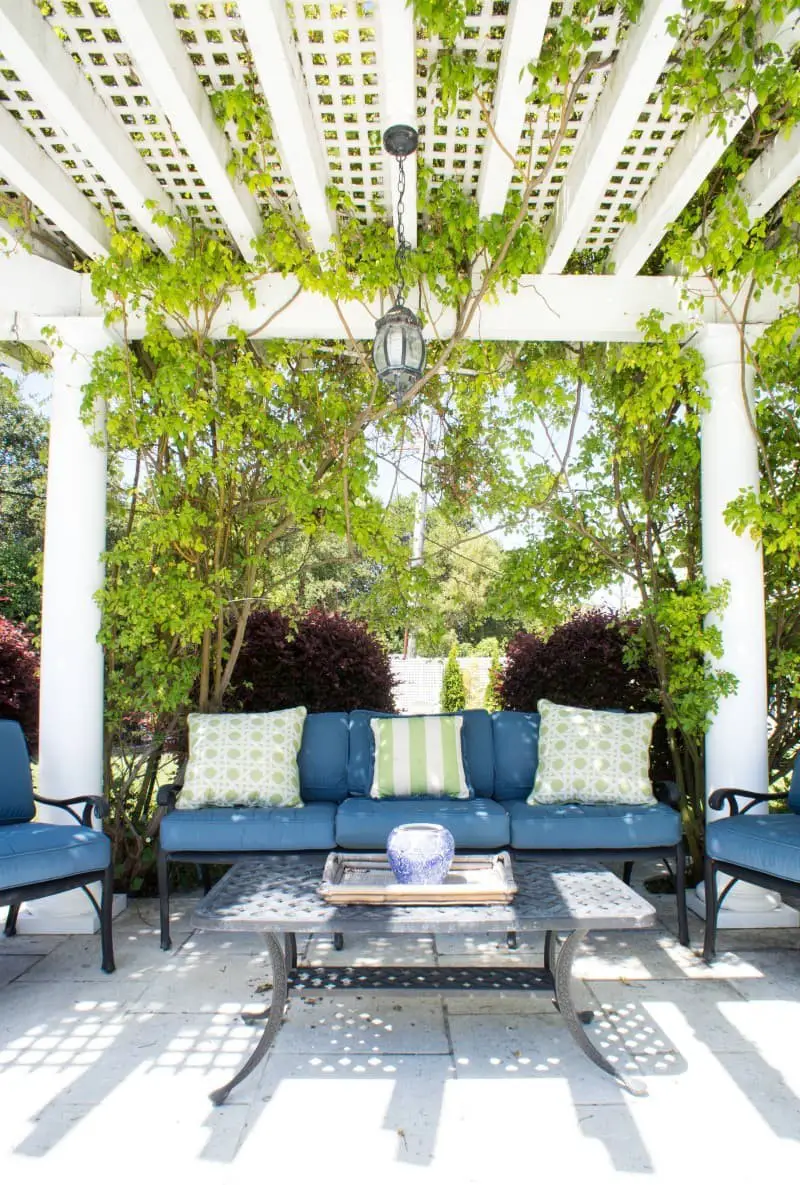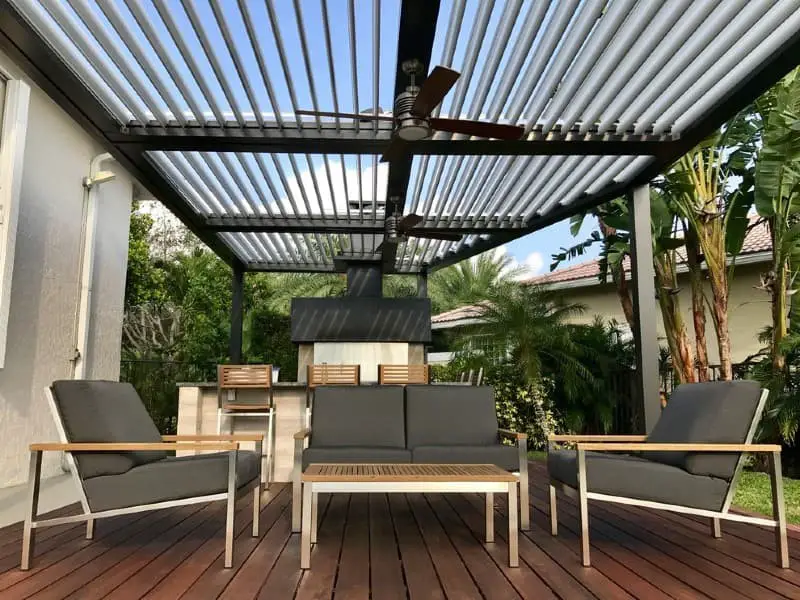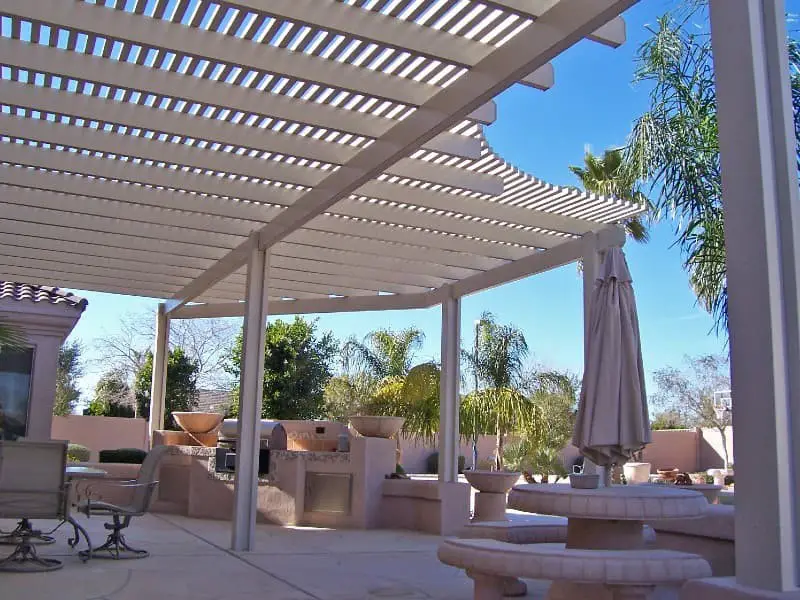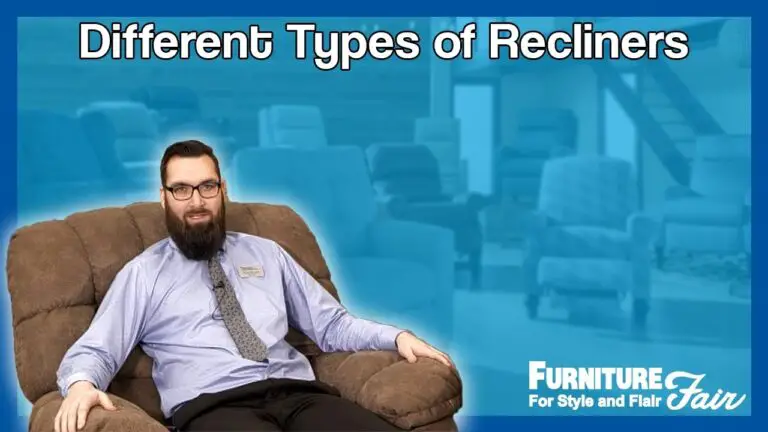How A Pergola Provides Shade: The Best Way To Beat The Heat
A pergola is an ideal solution to beat the heat during the warm summer months, offering a perfect blend of shade and outdoor living space. Not only does it provide respite from the scorching sun, but it can also be used as an extension of your home’s interior. In this post, we’ll delve into the benefits of pergolas and explore how they can help you stay comfortable during those hot summer days.
Pergolas offer a unique combination of functionality and aesthetics, making them a popular choice for homeowners seeking to create an inviting outdoor space.
How much shade does a pergola make?
The amount of shade a pergola provides depends on its type and size, as well as the material used. Aluminum or wood constructions, for instance, can alter the level of sunlight blocked out. When installed in your outdoor living space, a pergola offers excellent coverage, perfect for those who prefer to avoid direct sunlight.
How much sun does a pergola block?
While pergolas do offer some shade, they don’t provide the same level of coverage as an umbrella. However, they are still a great way to block out the sun’s harsh rays and keep your patio or deck cool during hot summer days. Additionally, pergolas can also protect outdoor spaces from rain showers, making them a practical choice for those who enjoy spending time outside.
For many people, the comfortable ambiance created by these structures is a major draw – they love being able to sit outside on warm sunny days without feeling scorching heat or worrying about getting caught in the rain.
How do pergolas offer shade?
Pergolas are a practical solution for anyone seeking relief from the elements. By blocking out the sun’s harsh rays, these structures provide shade and protect your skin from the harmful effects of UV radiation. The fabric canopy on top is not only stylish but also serves as a natural barrier against rain or snowfall, thanks to its water-repellent properties. This makes pergolas an excellent way to beat the heat during scorching summer days without breaking the bank.
Plus, their versatility ensures that there’s something for everyone – from classic designs to modern styles, the options are truly endless.
Can you sunbathe under a pergola?
While pergolas can be a wonderful addition to any outdoor space, they’re not exactly ideal for sunbathing. The canopy of the structure is designed to provide shade, which means it will block out the sunlight you need to get a tan. If you’re looking to soak up some rays, you might want to consider using an umbrella-topped chair or another type of seating that allows direct sunlight.
That being said, pergolas do have their uses – they can be a great way to add a touch of elegance and style to your yard while still providing shade when you need it.
How do you make a pergola for max shade?
When designing a pergola for maximum shade, it’s crucial to utilize materials with sufficient thickness and weight. Heavier wooden or metal posts will effectively block sunlight due to their reduced transparency, allowing them to absorb heat more efficiently. For the roof, opt for thick, opaque materials such as shingles instead of asphalt or translucent materials that permit UV light to pass through. This is why your car can become scorching hot in direct sunlight.
Additionally, consider applying tinted glass or plastic coverings to further augment shade levels.
Which way should a pergola face?
When it comes to positioning your pergola, consider orienting it towards the north or south sides of your yard. This strategic placement allows for optimal sunlight exposure during morning and evening hours. In contrast, east-facing pergolas tend to receive softer, indirect sunlight, while west-facing ones are often exposed to intense midday rays that can be overwhelming. While these options do provide some shade, they may not offer the afternoon respite from the heat that many people desire.
Where do you put a pergola?
Pergolas are versatile structures that can be seamlessly integrated into various areas of your yard. They’re particularly well-suited for covering outdoor spaces like decks, patios, and even swimming pools. However, when deciding where to place a pergola, it’s essential to consider the available space and ensure that the structure isn’t obstructing any entrances or exits.
What angle should a pergola be?
When designing your pergola, it’s essential to consider the angle at which it will cast its shade. A 45-degree angle or less is generally recommended, as this will provide ample protection from the summer sun while also creating a cozy spot for relaxation during the cooler fall days. However, the ideal angle may vary depending on your location and local climate.
For instance, if you reside in a hotter region, a more pronounced angle can help block out harsh sunlight, whereas in a cooler area, a shallower angle may be sufficient to provide a pleasant outdoor retreat without excessive shade.
16 Pergola Shade Ideas
Bamboo

Bamboo is an attractive and cost-effective option for creating shade, with treated varieties available to withstand rotting and insect damage. For those on a budget, untreated bamboo can be a more affordable alternative. This natural material’s versatility lies in its various shapes and sizes, making it easy to find the perfect piece for your specific needs.
From concealing unsightly wires within homes to constructing fences that keep out unwanted critters like deer or other animals, bamboo is a highly adaptable choice. Its rapid growth rate also means you can enjoy new shades in no time, providing long-lasting benefits with minimal maintenance.
Vines

If you’re looking for an affordable alternative to bamboo, consider cultivating vines to cover your pergola. Vines are rapid growers that excel at blocking out sunlight and providing shade from above, much like a natural canopy. While they do require some time to mature – akin to other garden endeavors – the payoff is well worth the wait.
Growing vines demands no specialized skills or equipment, merely patience and attention to their basic needs.
To get started, identify a suitable spot in your yard where the vine can unfurl and climb without obstruction from other plants or structures. Ensure it receives at least six hours of direct sunlight daily and adjust watering schedules according to local climate conditions.
When planting, dig a hole twice as deep as the pot’s depth and gently place the vine in its new home, ensuring the soil level matches that of the surrounding terrain. Pack down the earth firmly to secure the plant.
As your vine begins to flourish, you’ll need to provide support by attaching it to a sturdy post or trellis, allowing it to climb upward and reach more sunlight. Regular watering is essential during the warmer months, while reduced frequency in winter is crucial as vines dislike soggy soil.
Install a fan on your pergola roof

To beat the heat quickly and effortlessly, consider installing fans around your pergola. You can opt for specialized fans designed specifically for outdoor use or repurpose existing ones from your home. When selecting a fan, ensure it’s large enough to effectively cool the entire area. Additionally, keep in mind that the fan will require a power source, so strategically place it near an accessible outlet.
With these simple steps, you’ll be enjoying a cooler and more comfortable pergola retreat in no time.
Branches

When it comes to creating shade, branches can be a fantastic solution. Not only are they readily available, but they’re also budget-friendly! To achieve a clean and polished look, make sure the branches are trimmed evenly at both ends before placing them side by side or hanging them from your pergola frame’s hooks.
Curtains

For those who prefer alternative solutions, hanging curtains is another effective way to block out sunlight. This versatile option allows you to effortlessly adjust the level of shade based on the time of day or weather conditions. Sheer curtains that allow for a gentle filtering of light and air are available, as well as thicker options designed to provide increased privacy.
By incorporating curtains into your design, you can create a cozy atmosphere while still maintaining control over the amount of sunlight entering the space.
Fabric canopy

One creative way to add shade is through fabric canopies, which offer a wide range of styles and levels of complexity. You can opt for a simple yet elegant option that complements your outdoor decor or take it up a notch by crafting your own unique design using an old sheet or piece of cloth. This DIY approach involves cutting the material into strips and attaching them to the pergola roof, allowing you to put your personal touch on the project.
Foliage

If you’re not interested in making a long-term commitment with installation, consider utilizing foliage as a natural shade provider instead. This approach is ideal for those who like to mix things up frequently or have limited outdoor space. Just be sure to select plants renowned for their leafy canopies and pay attention to their watering requirements. You can either pot them up or allow them to flourish directly in the ground.
Lattice Panels

For those seeking a straightforward solution, a lattice panel is an excellent choice for providing shade. Crafted from wood or metal, it’s a space-efficient option that doesn’t overwhelm the surrounding area. Moreover, its installation process is relatively uncomplicated, saving you time and effort on DIY projects – a definite plus!
Awning

When it comes to taking your pergola to the next level, installing an awning is an excellent option. Not only does it add a touch of elegance to your outdoor space, but it also serves a practical purpose by providing shade over the entire area or selectively blocking out the sun’s rays. To ensure that your awning stands the test of time, opt for one constructed from a robust material such as canvas or vinyl, which can withstand the elements and maintain its integrity for years to come.
Shade cloths

When seeking a straightforward solution to block out the sun, consider investing in a shade cloth. These versatile fabric structures come in a variety of sizes, allowing you to find one that suits your specific needs. Whether you prefer to hang them from poles or attach them directly to your pergola’s frame using strings or ties, the installation process is relatively effortless.
One of the greatest advantages of shade cloths is their ease of removal.
When not in use, they can be taken down with minimal hassle, freeing up valuable space for other uses. Additionally, these structures don’t require any specialized maintenance skills or extensive installations, making them an excellent choice for those seeking a quick and uncomplicated solution.
Reeds and Leaves

For a natural and effortless approach to shading your pergola, consider incorporating reeds and leaves into your design. These readily available materials can be sourced from various areas around Australia, eliminating the need for costly or time-consuming alternatives. Reeds, typically used as fencing, can also be placed vertically along one side of your structure, providing a subtle barrier against the sun’s rays without impeding air circulation or light penetration.
This option is ideal for those seeking a lightweight solution that doesn’t obstruct views or create an overwhelming visual impact. Alternatively, leaves from bushland areas can be used to cast shade over your pergola. When selecting leaves, ensure you choose non-poisonous and non-irritating varieties to guarantee a safe and enjoyable outdoor space. The beauty of using reeds and leaves lies in their simplicity and cost-effectiveness.
With minimal investment of time or money, you can create a shaded oasis that complements your pergola’s natural charm.
Fabric Walls
Fabric walls are a powerful tool for making a statement, offering a versatile solution that can block out sunlight and weather while still allowing for fresh air circulation. Their ease of installation and removal makes them an ideal choice for small backyard gardens where space is limited or when you need to frequently reconfigure your outdoor layout.
This flexibility, combined with their ability to filter in natural light and air, makes fabric walls a standout feature for any garden enthusiast.
Tension Fabric
For a more enduring and sophisticated shading solution, consider tension fabric options. These versatile systems offer the ideal balance between providing protection from the sun’s rays while still allowing for optimal natural light and ventilation.
Roof Extension

When it comes to enhancing your outdoor space, a roof extension can be an excellent way to introduce shade and create a more comfortable atmosphere. A pergola is particularly well-suited for this purpose, as its overhead canopy effectively blocks out the sun’s rays. This added shading can work wonders on hot summer days, providing relief from the heat and creating a more inviting environment for you and your guests alike.
Shade Sails

If you’re not keen on roof extensions, another option is installing shade sails. These fabric covers are attached to poles or posts, offering protection from the sun’s intense rays. Available in a range of shapes and sizes, you can easily find one that suits your specific requirements. With so many options available, it’s clear that there’s no need to compromise on comfort when spending time outdoors.
Tree Coverage

When it comes to providing shade for your yard, trees can be a fantastic option. Look for species with wide canopies, like maple or oak trees, which will offer ample shade throughout the day. To add some flair to your outdoor space, consider painting the posts and roof of your pergola in a color that reflects your personal style.
In addition to incorporating trees, you can also use climbing plants like roses, wisteria, or grapevines to create a layered effect.
These will not only provide shade from above but also add an extra layer of privacy around the perimeter, making them ideal for those seeking more secluded areas in their backyard garden.
Ultimately, there are many ways to achieve shade for your pergola, and the best approach will depend on your unique needs and preferences. Take the time to reflect on what you want to create, then start designing your own shady retreat!
Related Posts
When it comes to establishing your farm business, selecting the right equipment is crucial. In this post, we’ll explore the factors to consider when choosing the best gear for your operation. Whether you’re just starting out or looking to upgrade your existing setup, understanding what to look for in equipment can make all the difference in your bottom line. Similarly, a well-designed fence can provide peace of mind and protection for your home and family.
On the other hand, choosing the right garage door color to complement your green house’s unique aesthetic requires careful consideration. Additionally, knowing whether to tip driveway sealers after a job is done can be a source of confusion. Finally, if you’re passionate about landscape architecture, we’ll take you through the steps necessary to pursue this rewarding career path.






